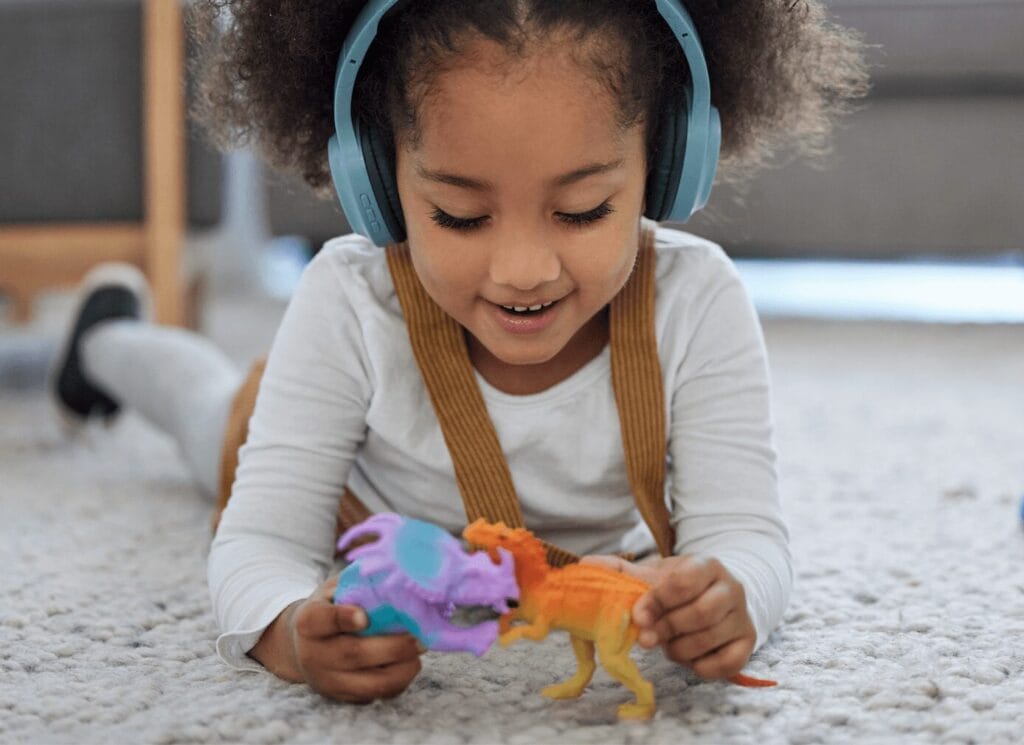Interoception is one of our 8 senses in our bodies that is commonly an under acknowledged and under-utilized system for rehabilitation in our bodies to understand what we are feeling. With more research on this sense, it’s now believed that this system has a HUGE impact on children, especially those with sensory processing difficulties.
Let’s think about it for a moment and close your eyes. What does it feel like in your body when you are hungry? When do you have to use the bathroom? When you are starting to become frustrated, when do you need to take a break so you don’t have a big reaction?
Interoception helps us feel:
- Hunger
- Fullness/Satiation
- Nausea
- Thirst
- The feeling of emotions so we can react appropriately
- Empathy towards others
- The urge to use the bathroom
- And many more….
Now, imagine, if you were unable to feel or decipher those feelings and what that may feel like?
Signs of difficulties with Interoception include:
- Hunger
- Never hungry – Don’t know what it feels like to be hungry. Don’t realize they don’t feel good because they need to eat something or drink something or…
- Never full – Can’t listen to signs, never feel full so constantly looking for snacks, can’t eat enough, or vomit from eating too much
- Bed wetting or difficulty with potty-training
- Trouble identifying if feeling ill
- Stomachache, headache, don’t know if they feel well. Somethings off but they don’t know what.
- Poor emotional regulation – Big reactions to little problems consistently
- Gets angry easily
- Gets anxious easily
- Poor social emotional skills
- Identify how peers vs them are feeling to modify themselves to have better social interactions.
- Difficulty appropriately grading force
- Hugging their sibling too hard on accident/really rough play
- Feelings of pain: When they get hurt can they tell you what hurts?
- Oversensitivity to pain
- Under sensitivity to pain
KEEP IN MIND: THESE CHILDREN REALLY DO STRUGGLE TO GET THROUGH THE DAY SUCCESSFULLY.
Toileting, feeding, and emotional regulation difficulties can often be perceived as behavioral; however, if the child lacks the underlying interoceptive skills to complete these tasks successfully, they shouldn’t be punished for that.

INTEROCEPTION IS THE FIRST STEP IN SELF-REGULATION
If you feel your child may be struggling with any of these areas, please reach out for help! A great first step would be a skilled Occupational Therapy (OT) evaluation. OT’s can help children build this sense of interoception and help them make sense of their bodies. Some common treatment areas may include:
- Visual schedules – They can see, know what to expect- gives a sense of calm. We need to be able to see what is expected, or we can become anxious… what if I can’t do what I want to do, what if this non-preferred activity will last forever, etc. Visual schedules can also help children understand signs of hunger, thirst, needing to use the bathroom as it gives them a regular schedule and listen to internal senses of what their body needs to do when it’s that time of day.
- Primitive reflex integration – If retained, impacts their ability to understand how their body feels, using the bathroom, etc.
- Social stories – A book or visual to help identify what is expected and how to work through certain situations i.e. Pictures and instructions about how the child feels if their tummy is grumbling, feeling tired, faint, etc. May need a snack and then recognize how they feel afterwards. Reading a social story helps walking them through those steps.
- Emotional regulation programs – Zones of Regulation. Simple color-based programs to separate out different emotional states. Green = calm, happy; Yellow = starting to get frustrated, etc. to better understand the physiological sensations that come with different emotions which then empowers them to be able to use a regulation strategy to remain calm.
- Mindfulness, yoga, deep breathing – Focusing on being present in the moment. Taking the time to be present in the moment, 5 finger breathing, belly breathing to have stuffed animals go up and down. Other treatments may include journaling, working on the mind body connection, and focusing on being present.


